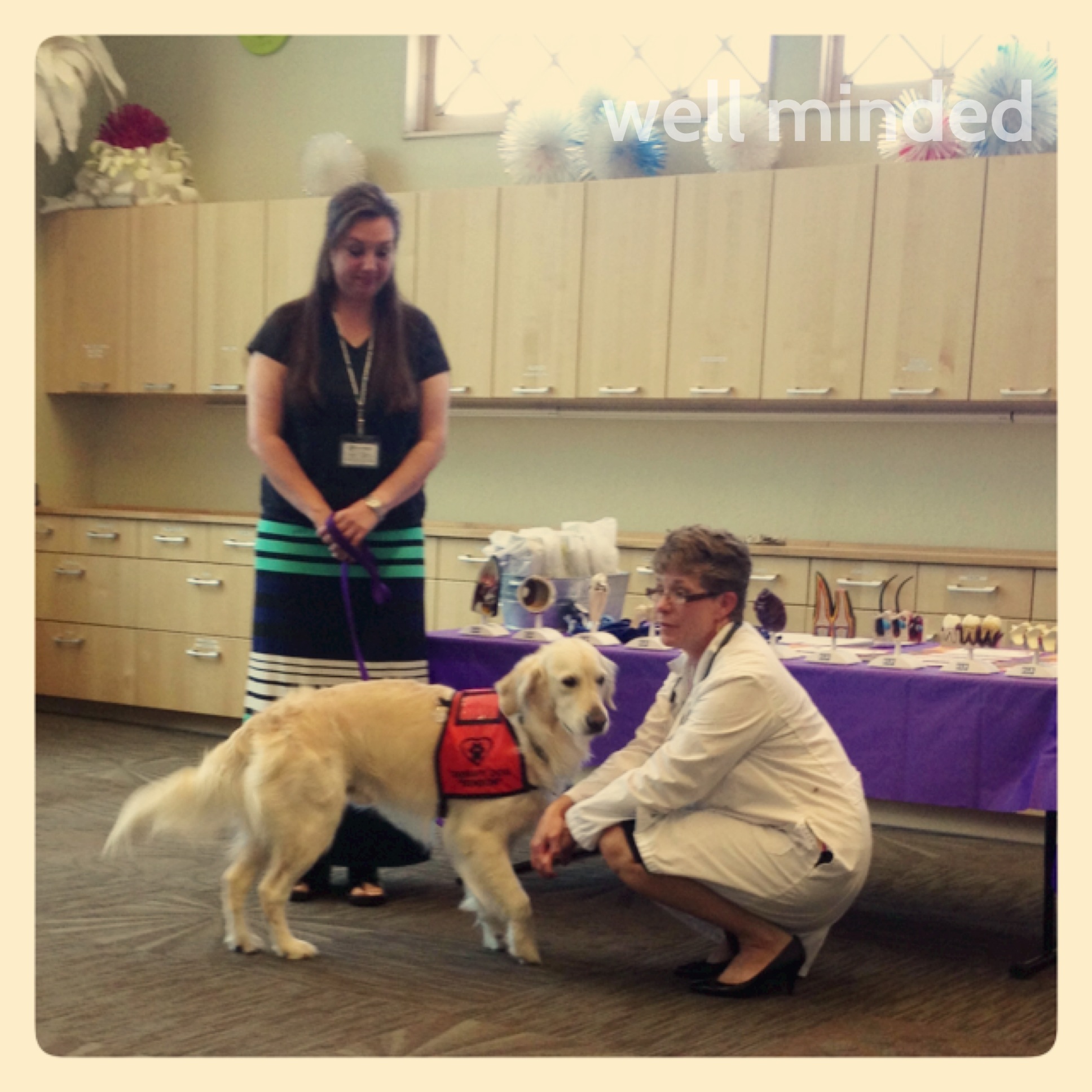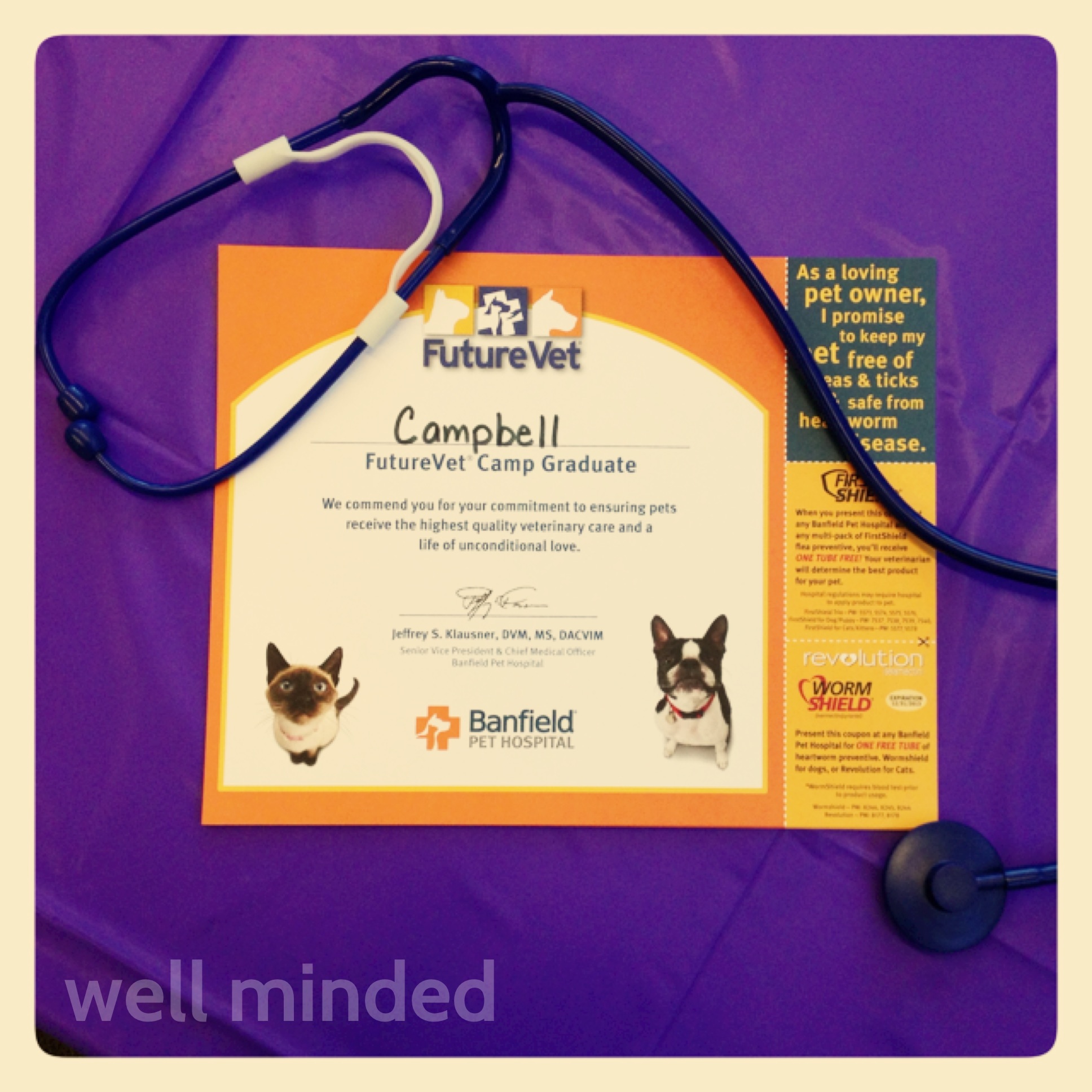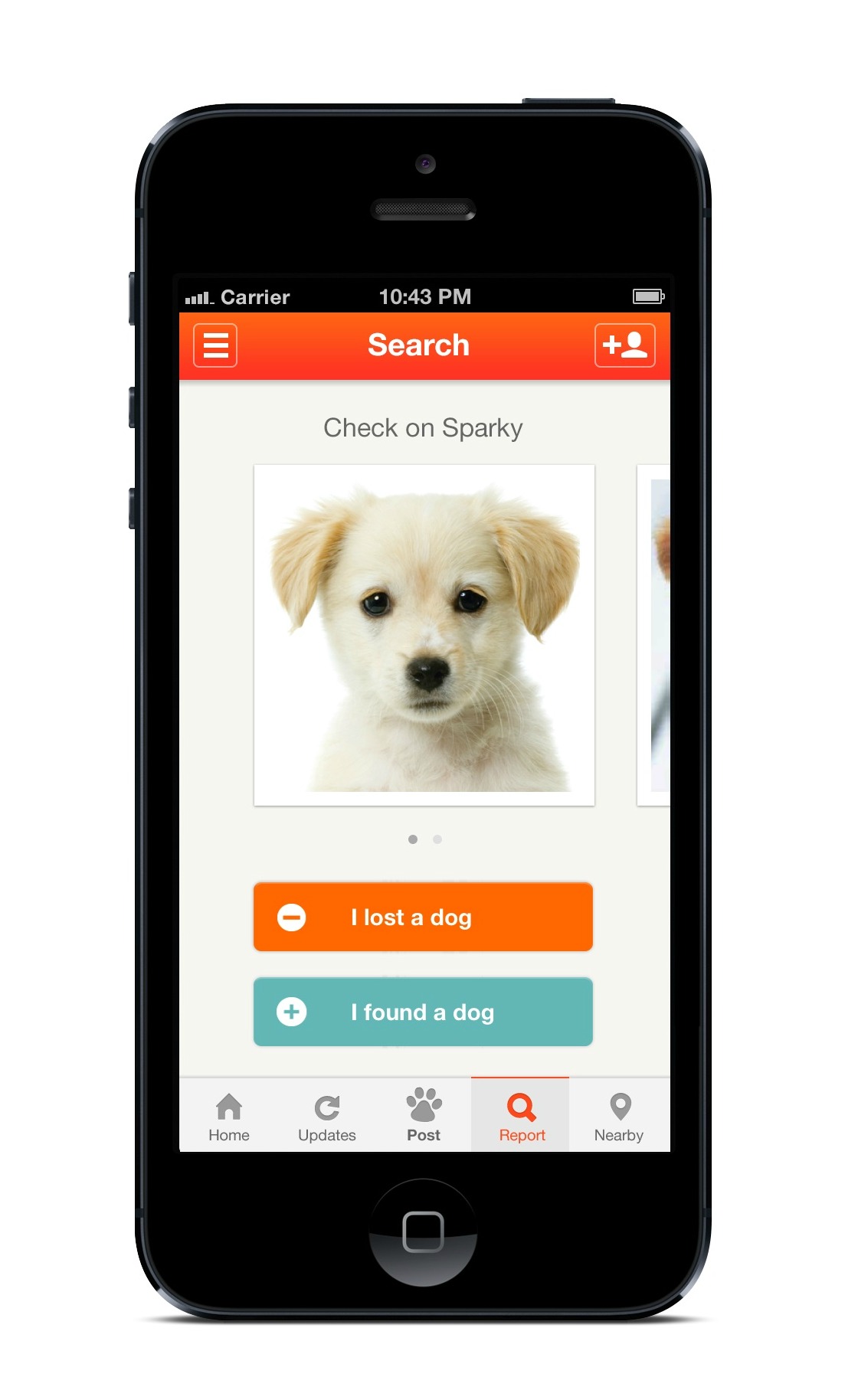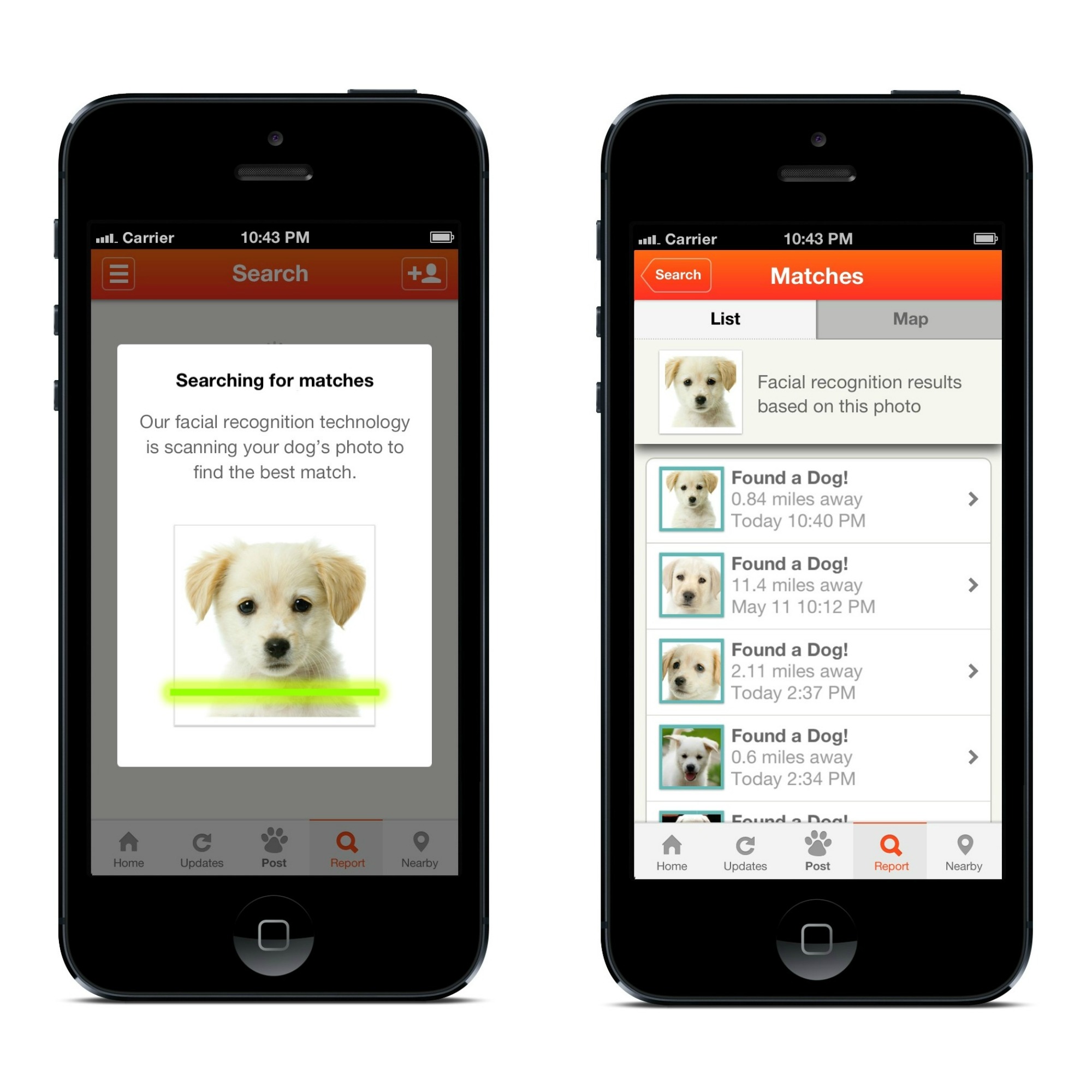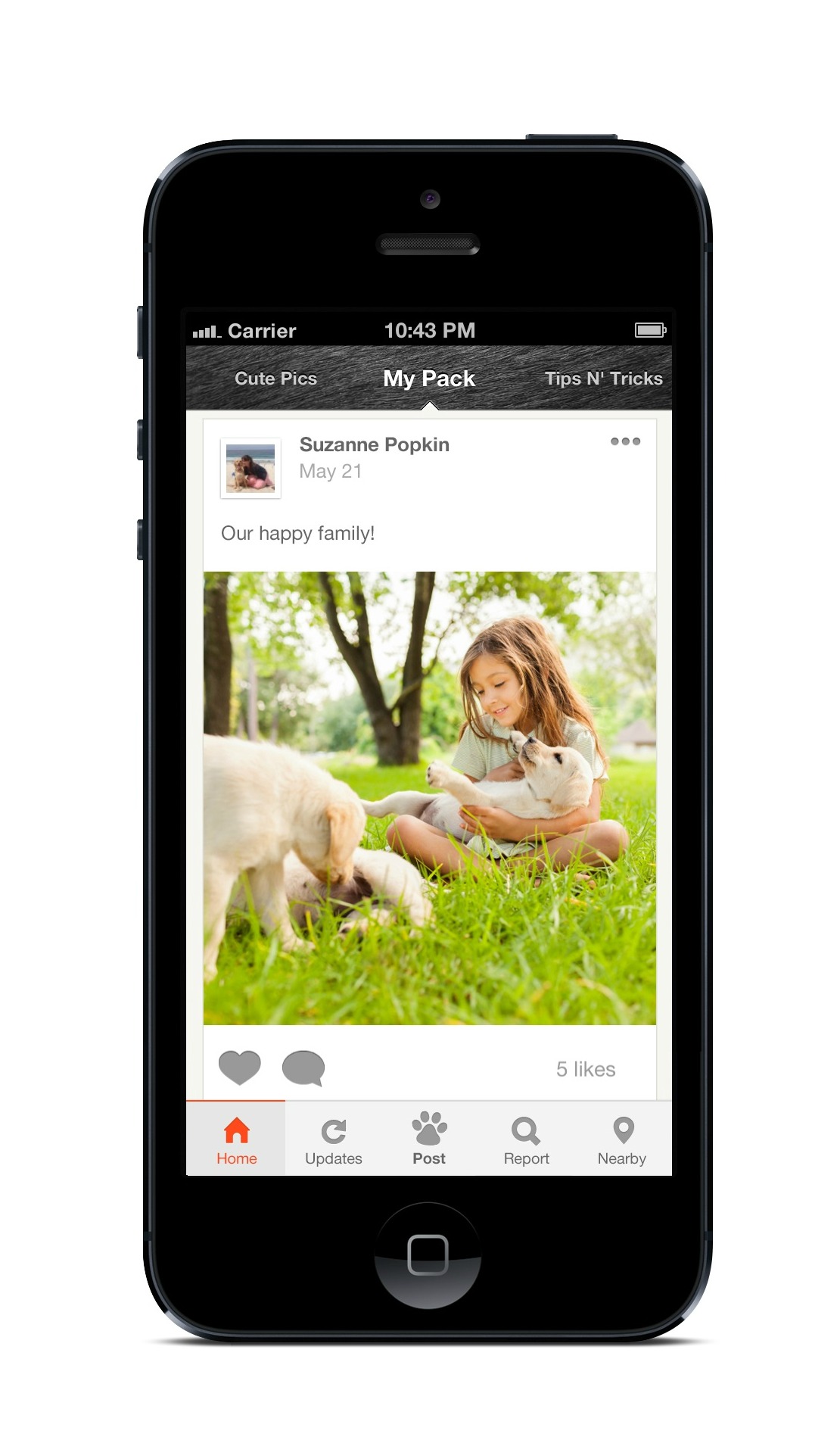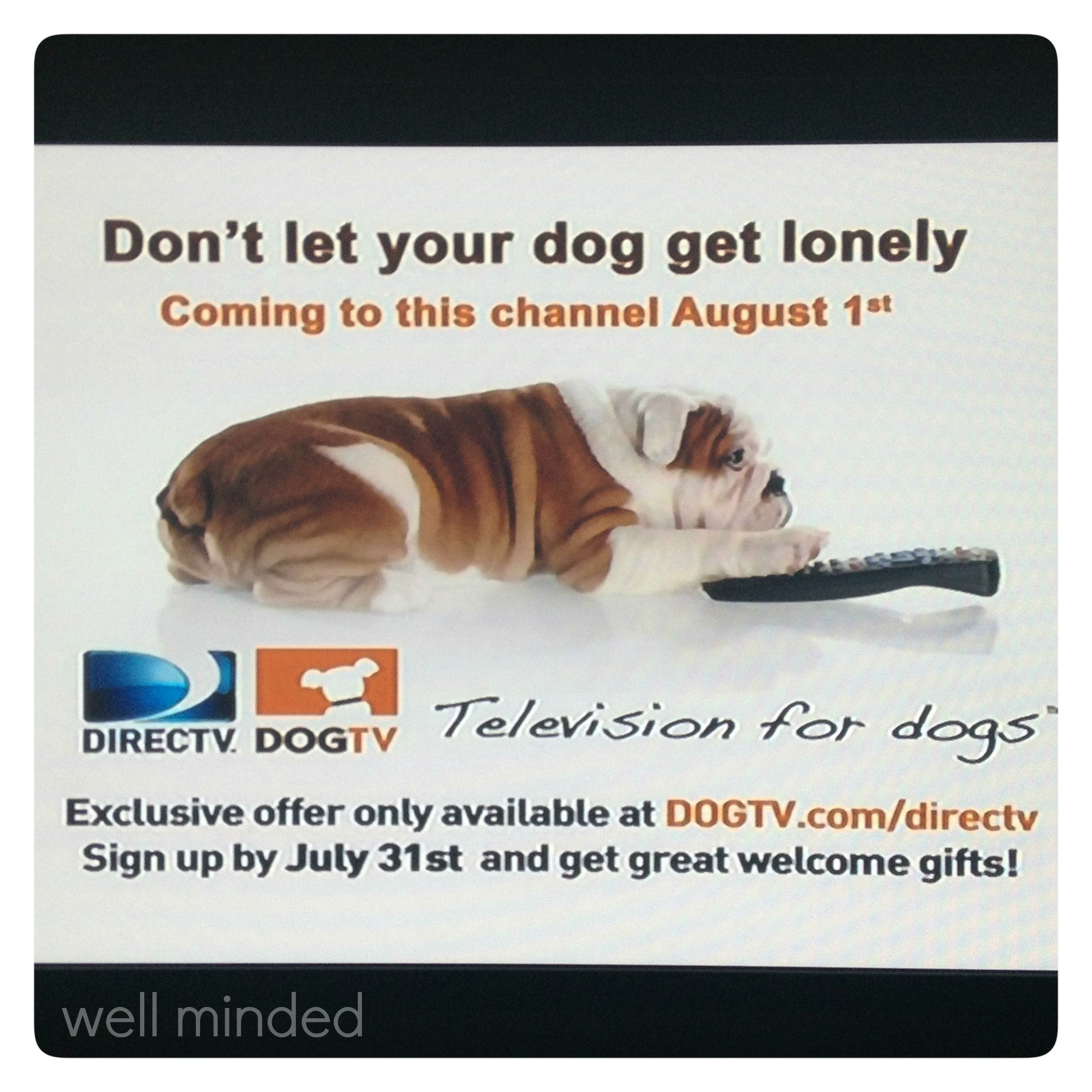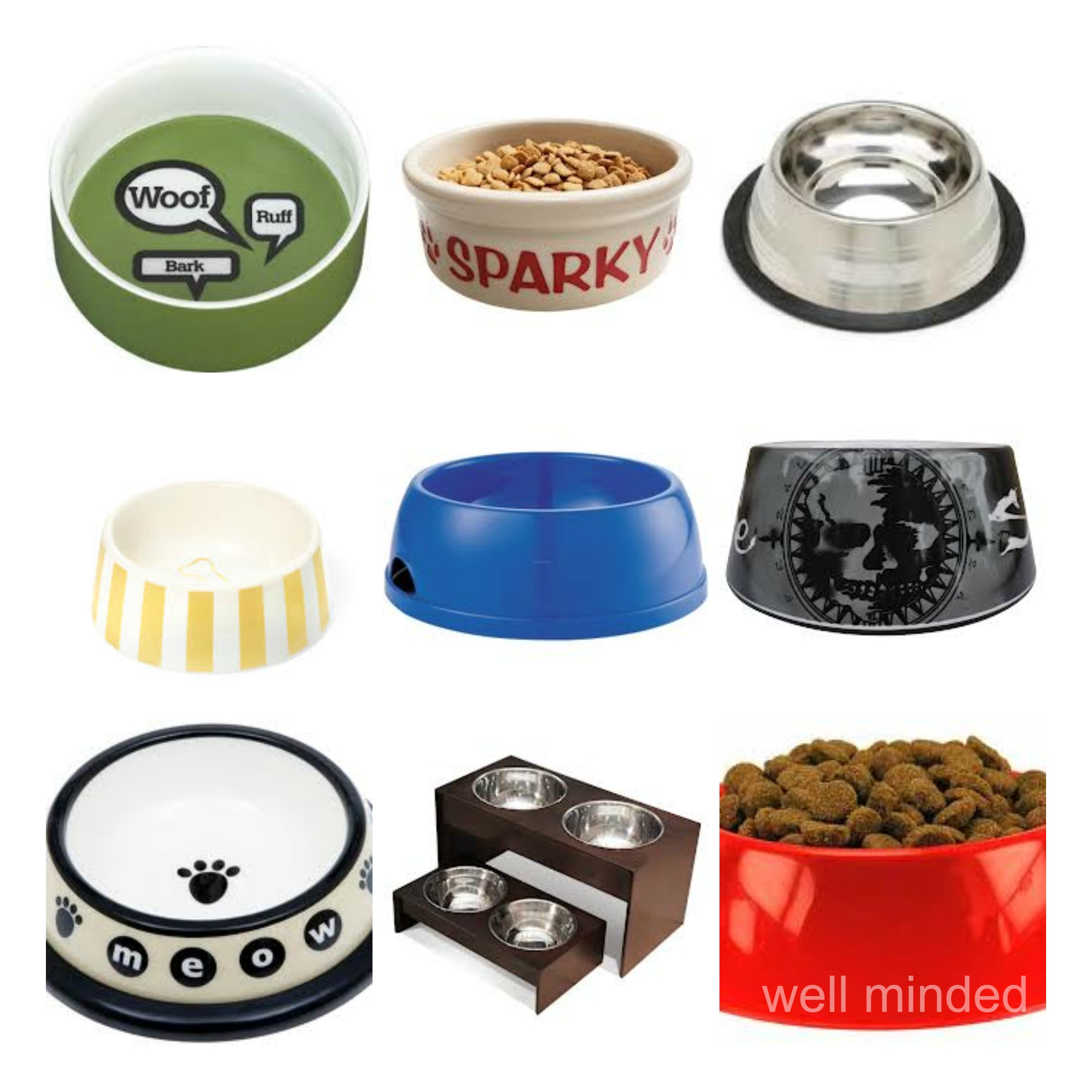The Children's Museum of Phoenix is one of our favorite places to go, especially to escape the summer heat in the desert. We last visited during companion animal month, when we participated in all sorts of animal-related activities.
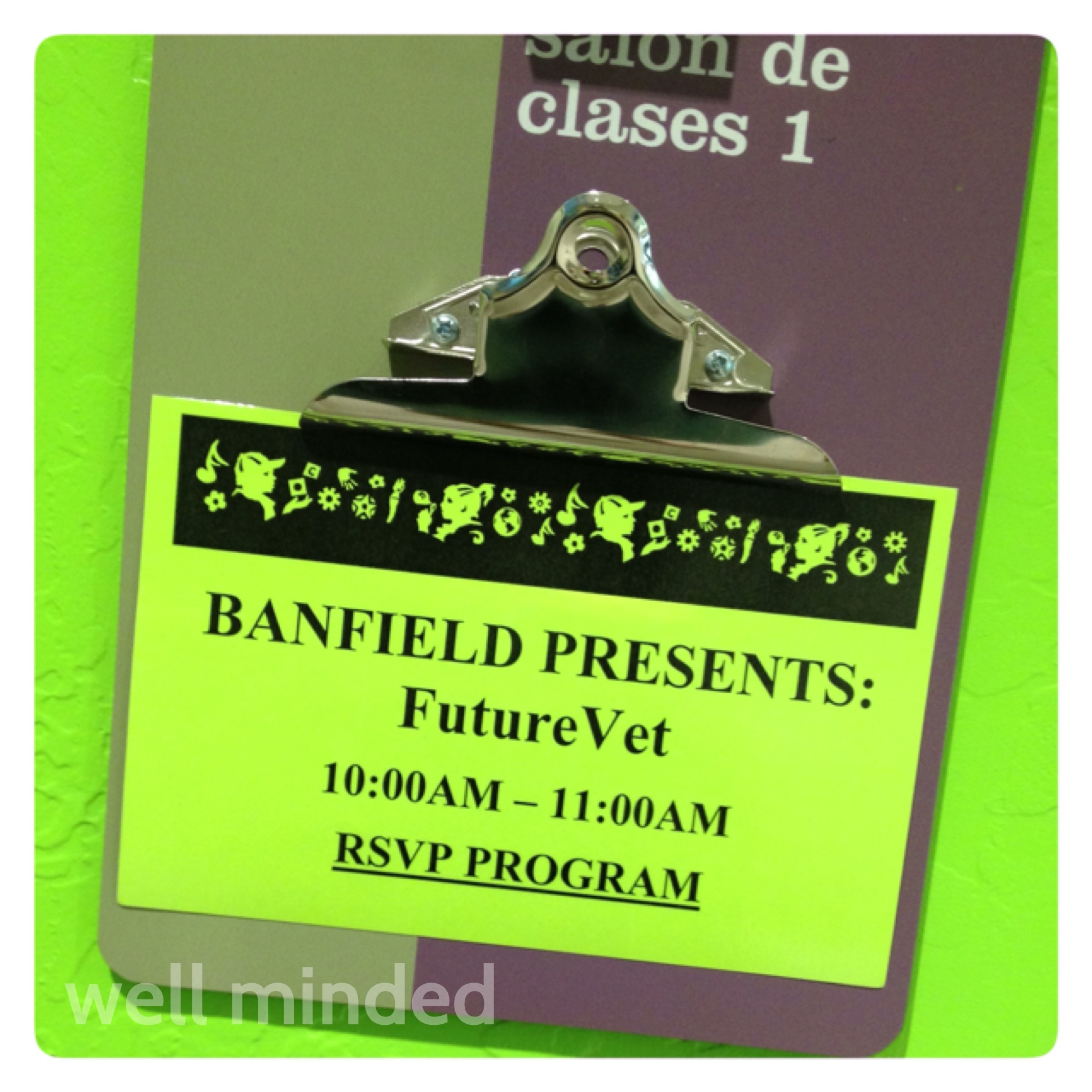 This past Saturday, the littles participated in the Banfield Future Vet® program at CMoP. The interactive program is designed for school-aged children as an introduction to the field of veterinary medicine, and was a great activity for our animal-loving family.
This past Saturday, the littles participated in the Banfield Future Vet® program at CMoP. The interactive program is designed for school-aged children as an introduction to the field of veterinary medicine, and was a great activity for our animal-loving family.
Dr. Molander, a veterinarialn from Banfield Pet Hospital, led the class of about a dozen with assistance from Dr. Duncan, also from Banfield, and Dharti Patel, a student in veterinary medicine from Texas A&M participating in the student job program at Banfield. Service dog Benson and his person, Justine, from Pet Partners® were also on hand to participate in a sample examination. Dr. Molander interacted with the kids right from the start, giving them the opportunity to talk about their own pets. Molander, Duncan, and Patel shared with the class the reasons why they wanted to become veterinarians. Dr. Molander related a childhood story about watching a vet stitch up her injured horse, saying "I want to do that!" Dr. Duncan told the kids how veterinary medicine was the perfect combination for her two passions, animals and science, and Patel told us that she loves animals, but was never around them growing up, so she wanted to learn about them and work with them. They made it clear to the kids that people arrive at the career choice from different backgrounds and for a variety of reasons. The kids also learned that becoming a veterinarian is a lot of work and requires four years of school.
Dr. Molander talked to the kids about what vets do, and aside from taking care of injured and sick animals, the students learned that vets sometimes travel to large animals who won't fit in the office, such as farm animals and zoo animals. Veterinarians also spend time teaching, researching, and performing tests to further the field of veterinary medicine. Veterinarians also do meat inspections–something I learned–to help keep people who eat meat healthy.
Dr. Molander displayed posters on various topics and allowed the kids to come up and mark correct answers. They drew pictures of what a pet would need to stay healthy and discussed individual symptoms and whether they meant that the animal was feeling well or not well.
[wpvideo n98aY4mO]
Things really got fun when Dr. Molander called Benson, a gorgeous English Golden Retriever, up for a mock examination. She described what she does and why as she looked Benson over. "I start the examination before I even touch the animal," she explained. Whether or not the animal greets her when she walks in the room is important. She notices the animal's balance and gait and looks at the eyes, all before she makes contact with her hands. The kids learned that veterinarians do a nose-to-tail examination, and Dr. Molander showed them how she feels different parts of the animals' bodies and what she looks for. Benson was quite cooperative and seemed to enjoy the attention.
Dr. Molander further illustrated her examination with models, showing the kids what goes on inside a dog.
After Benson's exam, Dr. Molander talked to the kids about what they can do as a pet owner to make sure their pets stay healthy and happy, including making sure they have twice-yearly exams, helping control the pet population with spaying and neutering, the importance of vaccinations, nutrition, regular teeth cleaning, exercise, parasite control, and identification such as microchipping. I'm glad that Dr. Molander talked to the kids about the importance of identification for our animals, as I just wrote about a revolutionary app that hit mobile devices for the first time last week.
Dr. Molander also talked about how to handle pets in the heat of our Arizona summers, telling the kids that although exercise is important, we need to be careful that we don't push our pets too much when it's hot and we need to be careful of their paws on hot outdoor surfaces, another subject I touched upon recently. She also explained that just as we increase our water intake during the summer months, so do animals, so, as pet owners, we need to make sure that we are providing our animals with plenty of fresh water.
The kids had great fun learning all about veterinary medicine, and were awarded for their efforts with a graduation ceremony.
[wpvideo nw8ZUWpw]
They received working stethoscopes, graduation certificates, and a bag of goodies that included bookmarks, stickers, and an activity book. My kids love "stuff," so they were thrilled.
After the ceremony, the kids got to get their feet wet by examining ever-patient Benson.
When the kids were done being vets, we enjoyed exploring the rest of the museum, as there is always something new going on. In fact, on October 19, the museum is hosting 5K and Play, which will include a 5K, 1-mile Fun Run/Walk, and Toddler Trot. Registration includes admission to the museum on the 18th, 19th or 20th, healthy post-race food and drinks, and a t-shirt. All race finishers will receive a unique handmade piece of museum artwork, and the top three finishers in each five year age group will receive prizes. Sponsorship opportunities are available. All proceeds will benefit the Children's Museum of Phoenix. It sounds like an awesome, healthy family activity!
The Banfield Future Vet Program was an amazing experience for my kids, who are true animal lovers, and all of the kids in the room seemed to really enjoy themselves and get a lot out of it. The program is designed for children aged 4 and up. Though very interactive, it is a true classroom-style affair and may not be suited for younger kids without classroom experience. My four-year-old daughter, Campbell, enjoyed most of it, but did get antsy every once in a while. Porter, my six-year-old son, soaked in every minute and described the experience as "totally awesome!" The Children's Museum of Phoenix offers the Future Vet program periodically. Reservations are required, but the program is free with paid museum admission.
Disclaimer: We received admission to the museum in exchange for my honest opinion about the Future Vet Program.

